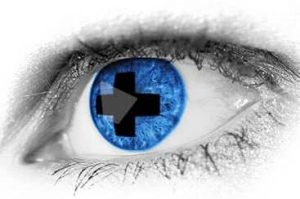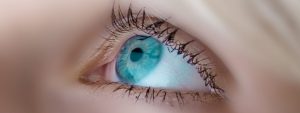The most common symptoms of COVID-19 include a fever, cough, and respiratory problems. However, in rare cases, the virus can also cause an eye infection called conjunctivitis, commonly known as pink eye.
Based on data so far, doctors believe that up to 3% of people who test positive for COVID-19 will also get conjunctivitis.
Conjunctivitis can occur when a virus infects the conjunctiva tissue, which covers the white part of your eye and inside of your eyelids.
Symptoms to look out for:
- Pain
- Redness
- Itchy eyes
- Watery eyes
- Yellow or green discharge
- Crust surrounding eyelid margins
How does COVID-19 spread to the eyes?
The coronavirus is primarily transmitted through infected droplets from a cough or sneeze. These particles most often enter the body through the nose or mouth, but can also enter through the eyes.
It’s also possible to catch the virus by touching a countertop, doorknob, or any other contaminated surface, and then touching your face or rubbing your eyes.
Whether you have tested positive for COVID-19 or are trying to protect yourself from catching the virus, the following advice will help you and others to stay safe:
Avoid touching your face, especially your mouth, nose, and eyes at all times.
When to see an eye doctor
If you have conjunctivitis, it doesn’t necessarily mean you have COVID-19.
If you are experiencing any eye pain or any of the other symptoms that may signal an eye infection, it is always recommended to seek medical care.
If you receive regular eye injections or have a preexisting ocular condition such as macular degeneration or diabetic retinopathy and notice any of the following symptoms, contact your doctor immediately.
- Loss of vision
- Flashes
- Blank spots in your visual field
- Headaches
- Nausea with or without vomiting
If you have a fever, cough, or shortness of breath and have tested positive for COVID-19, or have been in contact with someone who has COVID-19, call your doctor’s office to find out what you can do to treat your eye infection at this time.








